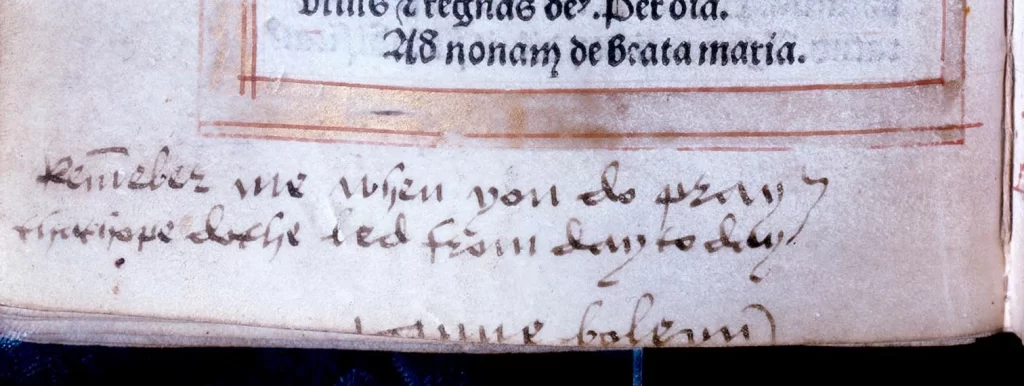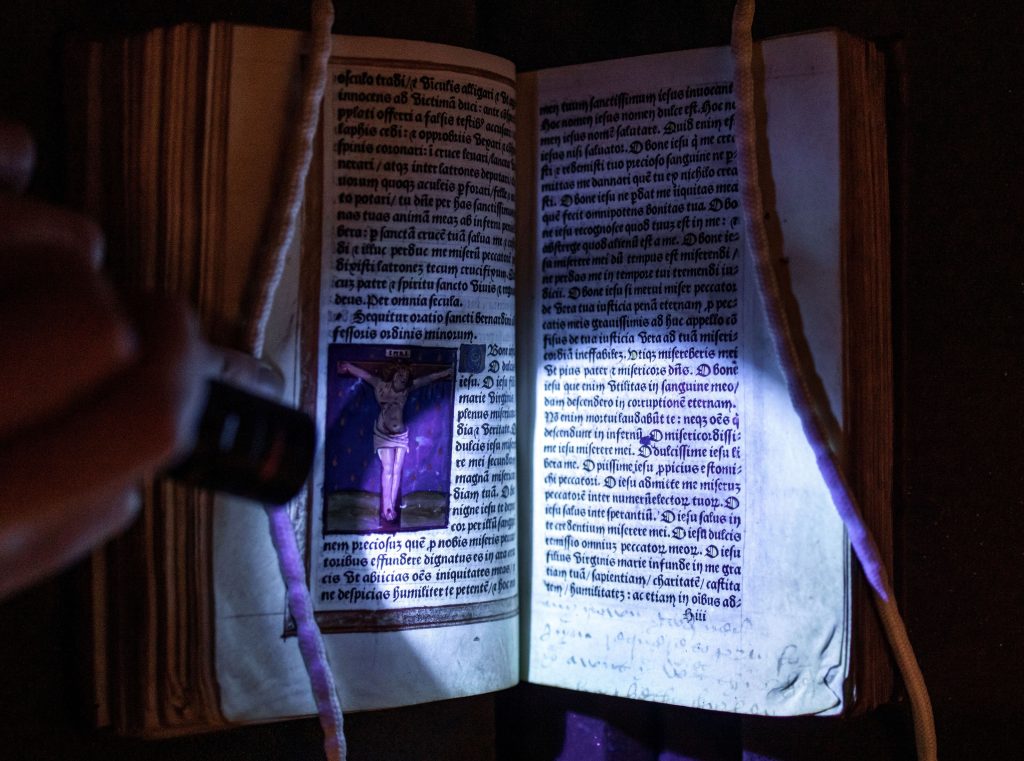In the annals of history, few figures are as captivating as Anne Boleyn, the second queen of King Henry VIII. Her life and untimely execution in 1536 have been the subject of countless narratives. However, there’s one intriguing aspect of her story that remained concealed for centuries – Anne Boleyn’s Book of Hours. This article delves into the mysterious disappearance and eventual rediscovery of this remarkable artifact, shedding light on the women who safeguarded it throughout history.
The Vanishing Act

Anne Boleyn, often depicted as a seductress, was in reality a woman of profound intelligence and piety. She was dedicated to education and religious reform, but her arrest and execution on false charges marked her as a persona non grata in Henry VIII’s court. Her royal symbols were removed, her jewels stashed away, and her precious books vanished into obscurity.
Among these books was a stunning prayer book, dating back to around 1527, adorned with hand-painted woodcuts and graced with a rare example of Anne’s own handwriting. On one elegantly decorated page, she inscribed a rhyming couplet and signed it, “Remember me when you do pray, that hope doth lead from day to day, Anne Boleyn.”
This exquisite tome disappeared following Anne’s execution, only to resurface around 1903 in the possession of American millionaire William Waldorf Astor, who had acquired Anne Boleyn’s childhood home, Hever Castle. The mystery of the book’s whereabouts during its 367-year absence would baffle historians until a significant discovery in 2020.
The Discovery Unveiled

Enter Kate McCaffrey, a graduate student at the University of Kent working on her master’s thesis about Anne Boleyn’s Book of Hours. Her keen eye detected what appeared to be smudges in the book’s margins, invisible to the naked eye. McCaffrey’s curiosity led her to employ an industrial-strength ultraviolet light, a tool often used to reveal hidden details in historical documents.
Under the UV light, the once-erased words emerged, illuminating a forgotten chapter in the book’s history. McCaffrey theorized that these words had been deliberately erased during the late Victorian era when cleansing marginalia from books was in vogue. Little did she know that these erased words would become the key to unraveling the book’s clandestine journey through time.
The Guardians of Anne’s Legacy

The text within the book revealed the names and notations of a group of Kentish women who had collectively safeguarded Anne Boleyn’s precious Book of Hours. These women included Elizabeth Hill, Elizabeth Shirley, Mary Cheke, Philippa Gage, and Mary West. Their story is one of loyalty, friendship, and unwavering dedication to preserving Anne’s memory.
While the initial passage of the book to these women remains unclear, Anne Boleyn expert Natalie Grueninger speculates that Anne herself may have gifted it to a woman named Elizabeth Hill. Elizabeth, who grew up near Hever Castle, had connections to Henry VIII’s court through her husband, Richard Hill, who served as the sergeant of the King’s Cellar. Records even suggest that the Hills played cards with the king, hinting at a possible friendship between Elizabeth and Anne.
The book passed through generations of mothers, daughters, sisters, and nieces until the late sixteenth century when the last name appeared in its margins. McCaffrey emphasizes that this story is a testament to the values of loyalty, friendship, and personal connection to Anne Boleyn that these women held dear.
A Touchstone of Anne’s Identity

Today, Anne’s Book of Hours is proudly displayed at Hever Castle, serving as a tangible link to the enigmatic Anne Boleyn. Owen Emmerson, the castle historian and assistant curator, points out that the book contains Anne’s DNA, left behind on the pages she touched and kissed during her daily devotions. It stands as a beloved possession that encapsulates her identity.
While the book has found its way back home, the research into this captivating historical mystery is far from over. McCaffrey continues to trace the book’s provenance through the centuries, uncovering the secrets of its hidden journey. The discovery of these inscriptions provides us with a glimpse into the controversy, loyalty, and enduring fascination that Anne Boleyn has generated for the past five centuries.
Conclusion
Anne Boleyn’s Book of Hours, once lost to history, has reemerged as a testament to the resilience of memory and the dedication of a group of extraordinary women. This rediscovery not only sheds light on Anne’s personal life but also enriches our understanding of the historical context in which she lived. It’s a poignant reminder of the power of preservation and the enduring allure of Anne Boleyn’s legacy.

